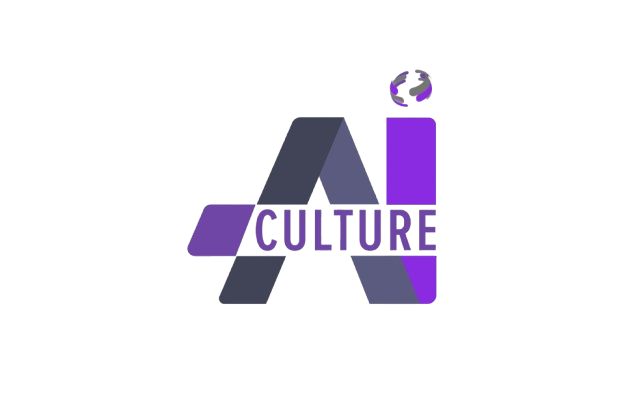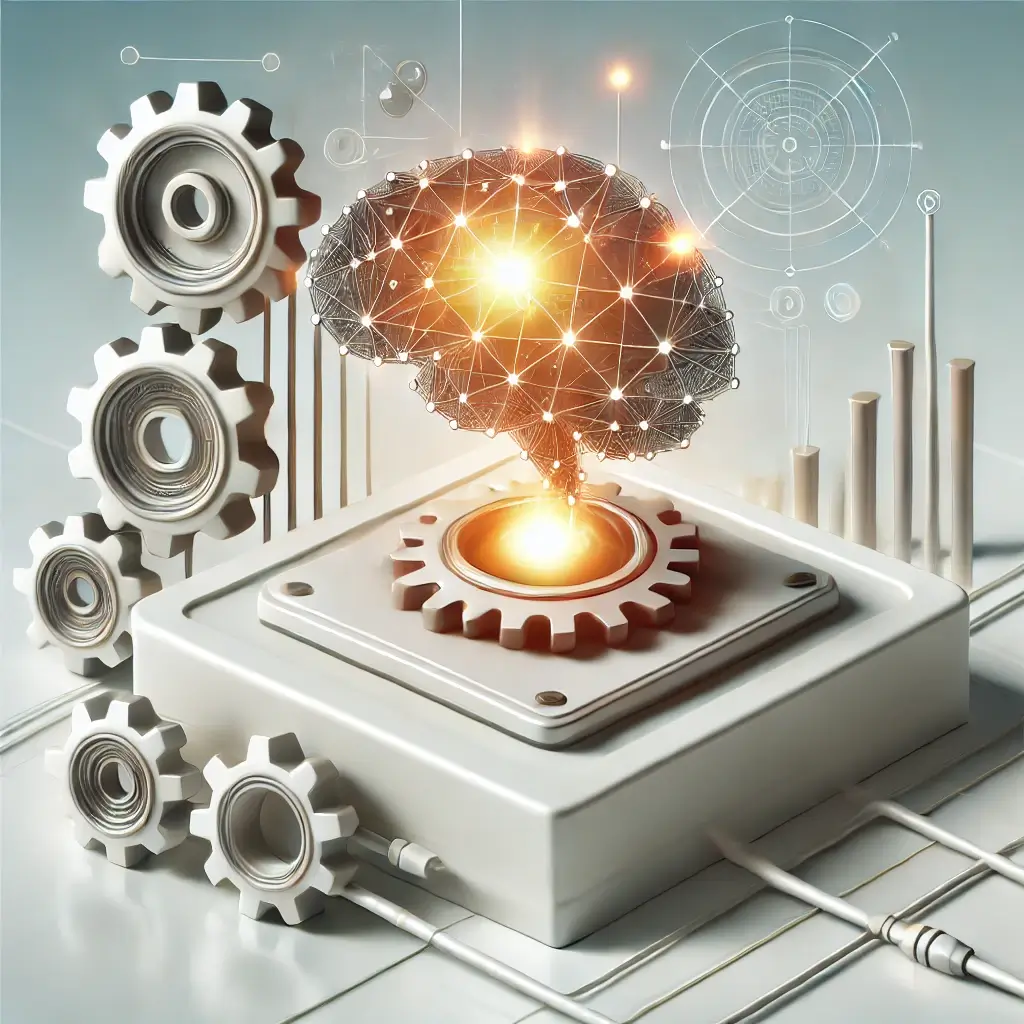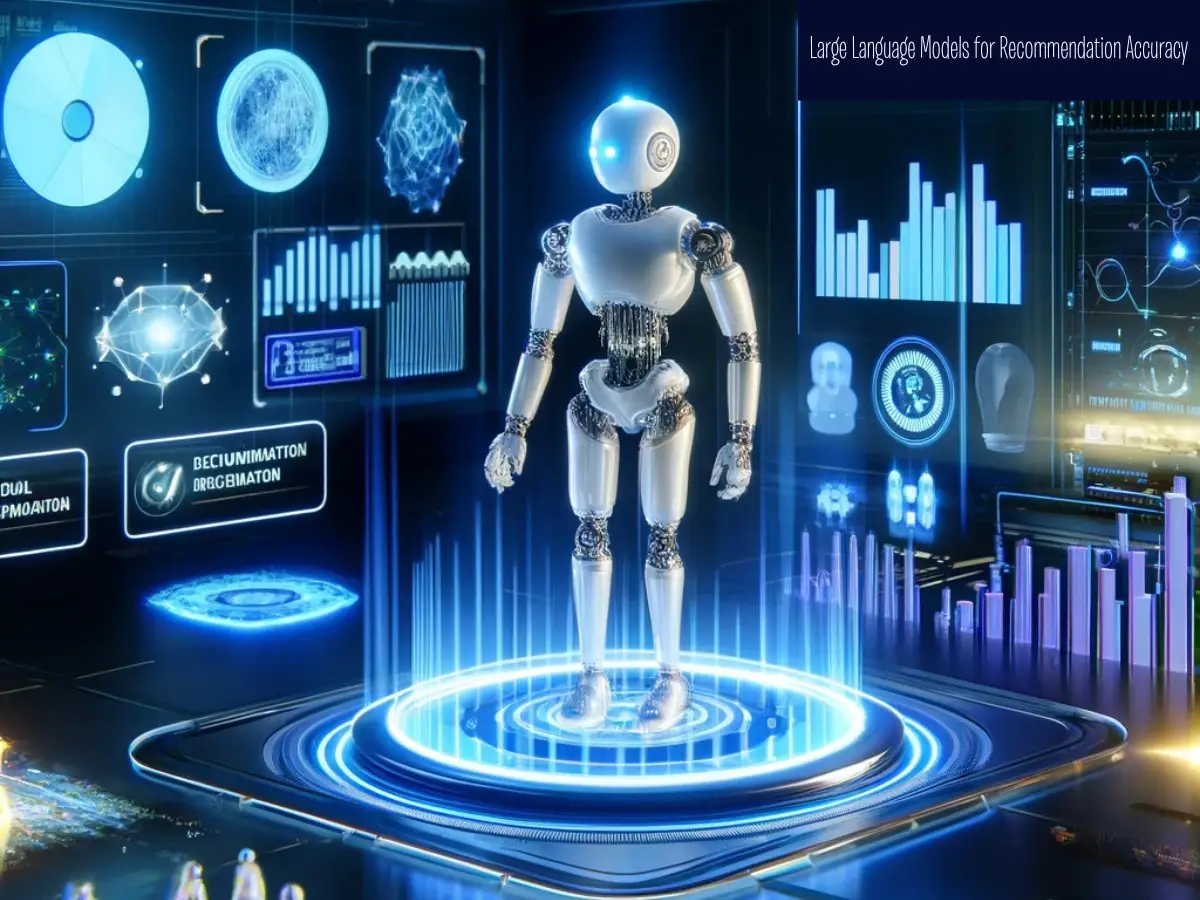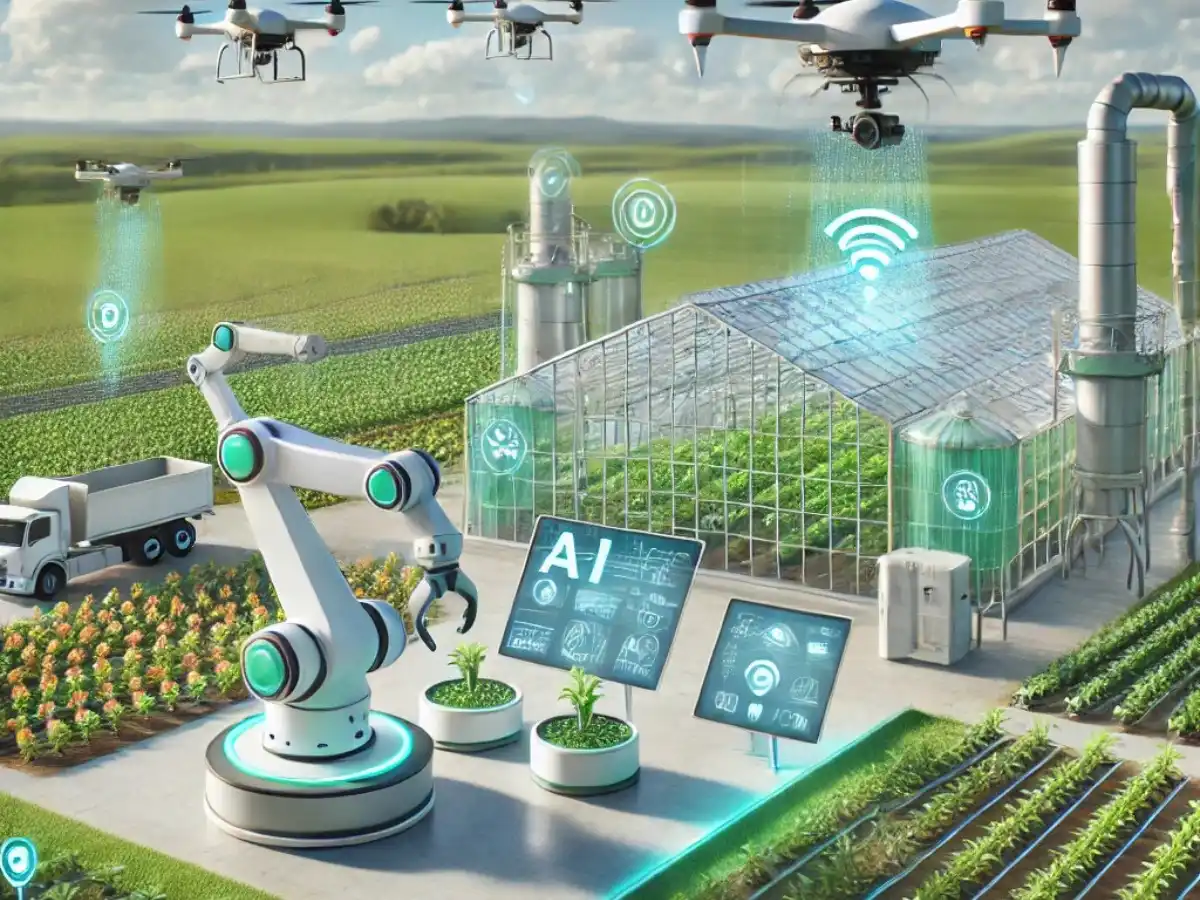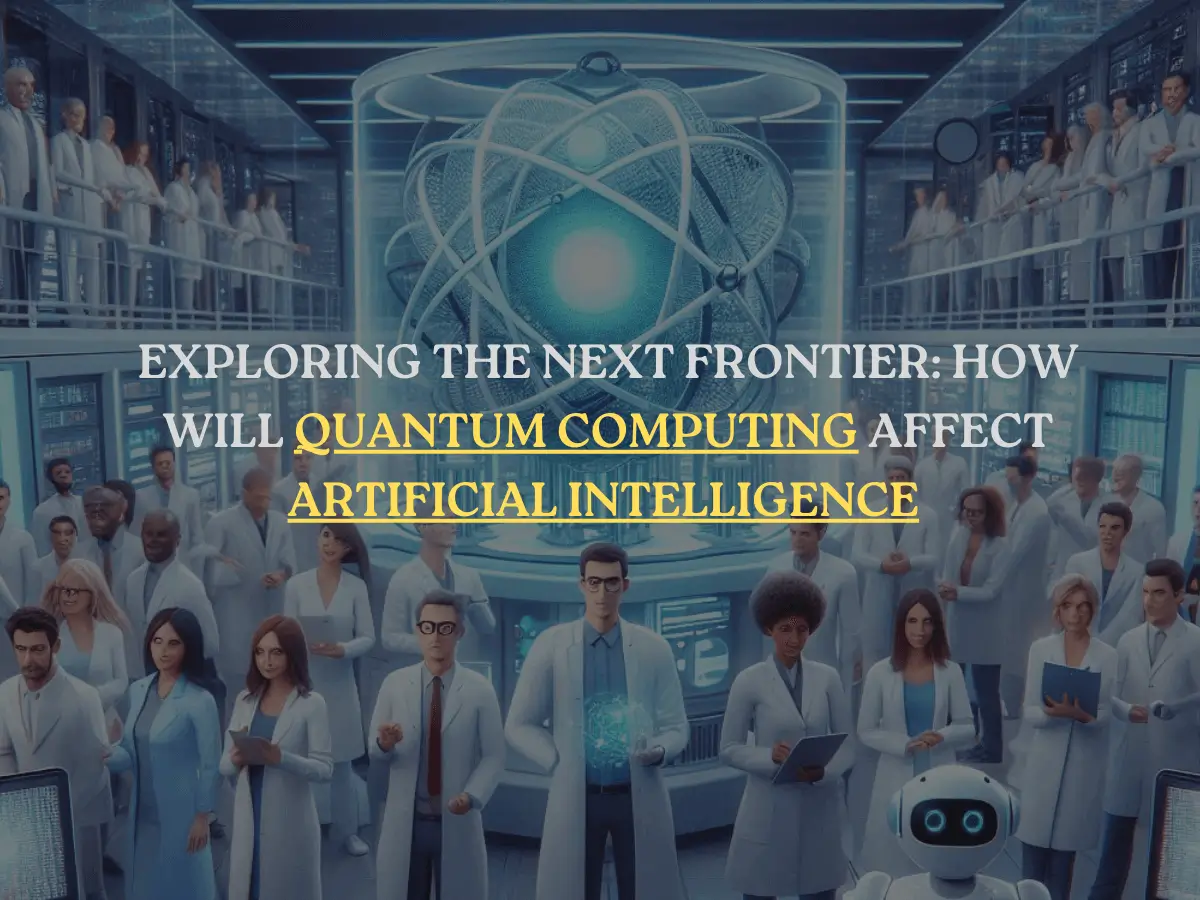In today’s rapidly evolving business environment, enhancing efficiency through innovative technologies is critical for maintaining a competitive edge. This invokes Custom AI Solutions, which are tailored to the specific demands of a business. Also, we see how to implement custom ai solutions in your business to boost efficiency.
Since AI’s integration into business, custom solutions have proven integral in streamlining workflows, optimizing resource allocation, and reducing operational costs. These tailor-made AI applications enable businesses to make informed decisions quickly, while minimizing potential errors.
Furthermore, Custom AI Systems are perfected to grow and change with a business to ensure that operational processes are always effective and appropriate to the business environment. This enables businesses to take full advantage of AI’s capabilities to provide the deepest relevant insights.
Now, with AI, businesses can carry out their tedious tasks while letting humans focus on strategic issues. This shifts the overall productivity of the business to a whole new level, while also promoting innovation throughout various departments of the enterprise.
At the end of the day, it is Custom AI solutions that help a business work most efficiently. With the proper deployment and strategic planning, companies can use smart automation and gapping analysis to AI-enabled technologies to completely change the way they work and flourish in the global economy.
How to Implement Custom AI Solutions in Your Business: Steps in Developing Custom AI Solutions
The process of crafting bespoke AI solutions starts with an inquiry. In turning custom AI solutions into business applications, deciphering commercial requirements, and augmenting them with natural language processing capabilities is the most important step in building an effective solution.
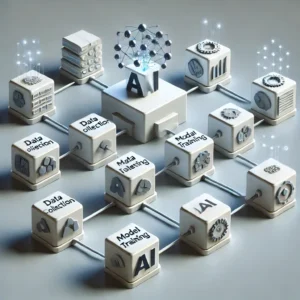
Identifying Business Needs
Engaging with relevant parties to understand their goals and problems and then trying to visualize what the solutions could be is the first step. This is then followed by the collection of parameters that are correct and appropriate for the training of the AI models that have been drafted, which guarantees strong systems in the last stage. The last step is the development of the AI solution which goes through several iterations of debugging which helps reach an optimal point of development.
The process starts with a strategy evaluation of the activities of the organization and the goals they want to achieve in the future. With cross-functional teams in place, businesses can work to address the current business issues to identify the opportunities for leveraging AI. Knowing these needs is essential since it helps address business needs and targets the right kind of solutions that are not only new but acceptable to the larger business ecosystem.
In addition, knowing specific issues helps narrow down the search for AI strategies that meet business objectives which sharpen the AI strategy. This helps target the most beneficial areas to address first ensuring that limited time and resources are utilized properly and efficiently.
Ultimately, accurately identifying business needs is critical to devising AI solutions that seamlessly integrate into existing workflows and deliver tangible results. By harnessing tailored AI technologies, businesses can unlock new opportunities, enhance competitiveness, and propel their growth trajectory toward unprecedented success and innovation.
Designing the AI Model
It is essential to comprehend the goals of your business how to implement custom AI solutions in your business before embarking on the design of a new AI model tailored to your specific needs.
In 2019, Gartner suggested, approach to AI development pivotal for creating impactful models that drive an organization’s success. Often times, the prerequisites for such successful models are understanding the intricacies. Your business processes, expectations, and technology which forms the strategy around the model development.
Withstanding the new challenges, it is important that the business processes are fluid enough to change concerning the rapid changes in the AI advancement. Custom AI development is more than just building a model to solve a problem. It entails the development of a robust model that will serve as a backbone for the future development and growth of the organization.
The requirements and prowess that are needed to design such complicated systems should not be ignored. It is worth mentioning that the collaboration with professional data scientists who have attained skills in Business Intelligence Analytics is going to have your model accurate, robust, and easily maintained.
Withstanding the challenges of developing custom AI, the benefits it provides in terms of operational efficiency, innovation, and growth are remarkable.
👉🏽Learn about 5 Free APIs for Building AI Applications👈🏽
Overcoming Challenges in AI Development
Understand the evolving AI landscape intricacies.
AI development comes with its own unique sets of obstacles. The first hurdle is often the data itself. Ensuring that it is rich, accurate, and representative of the target environment can mirror feeding a rocket ship its best fuel. The transformation of AI objectives into actionable steps while ensuring business objectives are meet. It makes a very interesting synergy between the cracked gnomes and the business goliaths.
Overcoming these obstacles demands a crystal-clear vision.
Those involved need to have an open mind, a shift in mentality where one is able to adapt to the changes, learn from the unexpected, and react accordingly. This is how strategy is executes when discipline is absent. As they attempt to counter these challenges, business administrators will naturally employ planning, drafting, and implementation to turn hurdles into milestones.
Now as we move further in 2023, it is evident that leveraging agile methods in the AI space and creating an open and relaxes atmosphere will emphasize turning these challenges into areas which can be improved upon. This path demands intermediate – level planning, sustains passion, and fierce determination to break through the unlimited boundaries offered by tailored AI solutions.
Choosing the Right AI Development Partner
The selection of a business AI development partner with a high level of expertise in machine learning is an instrumental step in achieving the business objectives of your company. It is important that there is a convergence in goals and innovation between both parties.
As of 2023, the emphasis is shifting towards not just the technical capabilities of the partner, but also the appreciation for the business environment. The partner must be able to accompany the change with you and the solutions provided must be market-centric, not merely technologically focused.
Additionally, working with people who promote open dialogues and cooperative collaboration is equally important. There has to be a strong mutual commitment to the partnership and a shared vision where challenges are turned into opportunities. This is for growth and benefits for both parties.
Appraise effectiveness of the potential AI partner through their past experiences. Look for self-sufficient individuals who value improvement and measuring impact with advanced technology.
Making the right decision enables the partner to focus on innovation. This helps in maintaining the business development strategy within the constantly changing environment of today’s advancement.
Measuring Success of AI Integration

Success in AI integration can effectively determines by setting clear and achievable objectives that fit the company and the market.
First off, think of setting metrics as a performance, efficiency and scalability capturing framework which is strategically design. Already, it focused on how AI-driven solutions enhance operational workflows and customer interaction and satisfaction. Significant metrics could include hours work, errors made, dollars spent and opinions given that sampled periodically for effectiveness.
In addition, changes in organizational behavioral patterns, coupled with employee satisfaction surveys post-integration. It offers a wonderful insight into how AI’s role in enhancing workplace dynamics. It enables businesses to gather more perspective.
At the end of the day, AI integration’s success ensuring the strategic aim is reach. It requires multidimensional frameworks that integrate both qualitative and quantitative measures. While moving forward, these metrics will allow the business to have a strategy full of steps they can take while developing new AI innovations. This will result in a business that is more flexible and compliant with the fast-evolving market.
ROI on Custom AI Investments
Investing in Custom AI development can significantly enhance operational efficiencies and drive unprecedented growth for forward-thinking organizations. It offers substantial returns on investment.
High-quality AI solutions often yield remarkable improvements and cost savings.
By aligning AI-driven insights with strategic initiatives, businesses often witness a surge. They see changes in performance metrics, translating to a spectrum of tangible benefits. These include streamlined processes, increased productivity, and enhanced customer experiences.
The greatest advantage emerges when AI solutions tailored to meet the specific, intricate demands of a business landscape. As custom AI grows more, it is poise to be a cornerstone of strategic innovation, offering untap opportunities for firms. They are willing to “see” beyond immediate gains and into transformative market leadership.
Best Practices for Implementing Custom AI Solutions
Installing AI in your organization requires a methodical approach. Engaging stakeholders and setting up meetings at every stage helps everyone remain aligned with the business goals and set objectives.
The AI design process along with implementation depends on the data that is set up for the project. Data deconstruction along with building datasets that are of high-quality assist the AI in performing accurate predictions.
Constructing a round brand flexible system allows tailor-made AI to assist you in discovering your potential. Refinement of such AI systems is possible through feedback, testing, and iteration.
Seamlessly integrating AI into the core of the business requires a joint effort. Conducting training programs allows departments to empower the workforce to harness techniques AI provides.
Change is only brought in when training about fostering a culture of ongoing knowledge expansion is employed to the workforce. Strategies should evolve with the AI of the organization to maintain competitive advantage.
Conclusion
AI and innovative technologies are revolutionizing business by streamlining workflows and optimizing resource allocation. Also we see how to Implement Custom AI Solutions in Your Business. This is for streamline operations, reducing costs and enabling quick decision-making. Identifying business needs and designing models for seamless integration into existing workflows are crucial steps in the development process.
